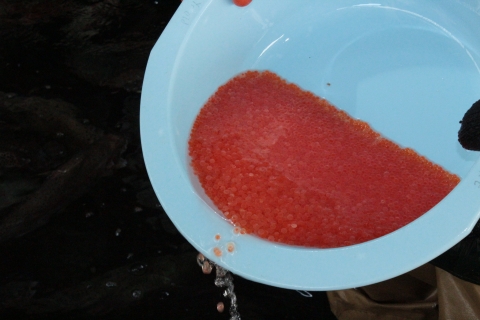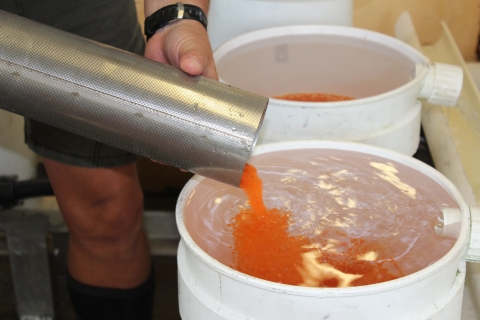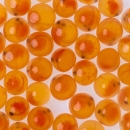What We Do
Ennis National Fish Hatchery is the largest broodstock broodstock
The reproductively mature adults in a population that breed (or spawn) and produce more individuals (offspring or progeny).
Learn more about broodstock hatchery in the Fish and Wildlife Service. There are two primary types of fish hatcheries, production and broodstock. Production hatcheries typically receive fish eggs from the broodstock hatchery, hatch the eggs and rear the fish to then transport to local waters. Ennis National Fish Hatchery provides nearly 20 million rainbow trout eggs to federal, state and Tribal hatcheries to support their fisheries programs. The hatchery also produces 350,000 fingerling rainbow trout for the state of Montana which are stocked in Montana lakes and reservoirs. After 3 or 4 years, broodstock (the adult fish that provide eggs) are “retired” and stocked into public waters in Montana's urban and youth programs.
Management and Conservation
The next time you go fishing, you might just catch a fish that was raised at Ennis National Fish Hatchery. Since 1871, National Fish Hatcheries have been responding to conservation challenges affecting America’s fish and other aquatic species. Producing fish continues to be an irreplaceable tool in managing or restoring fisheries along with habitat conservation. In doing so, we help provide recreation opportunities to America’s 34 million anglers who spend $36 billion annually in pursuit of their favored pastime.
Our Services
Ennis produces about 20 million rainbow trout eggs annually for research facilities, universities and federal, state and tribal hatcheries in 23 states. As a result of the Ennis Broodstock Program, economic benefits weigh-in at 5 million angler days, generating $50 million per year. To meet the trout production demands, Ennis NFH facilities include 38 hatchery tanks, 48 circular tanks, and 36 raceways.


